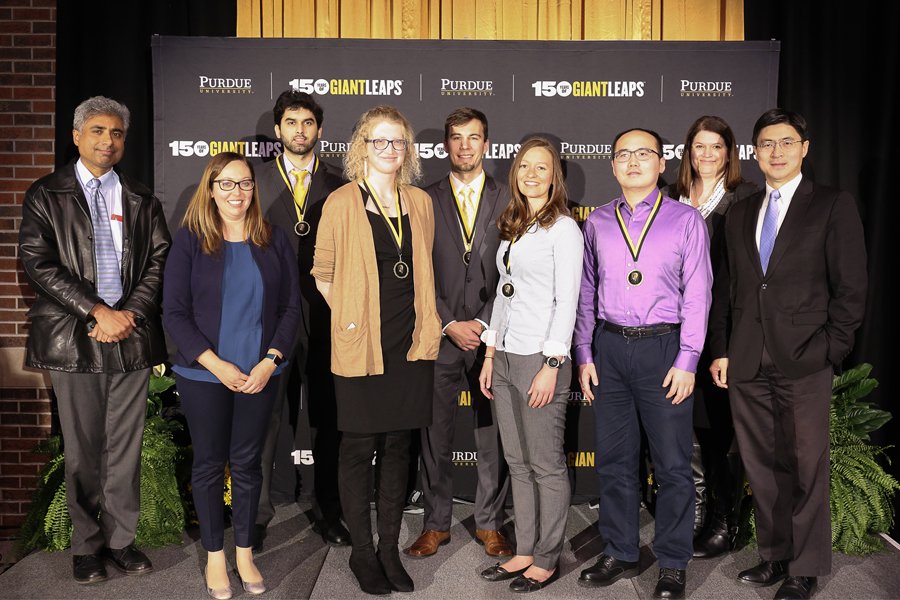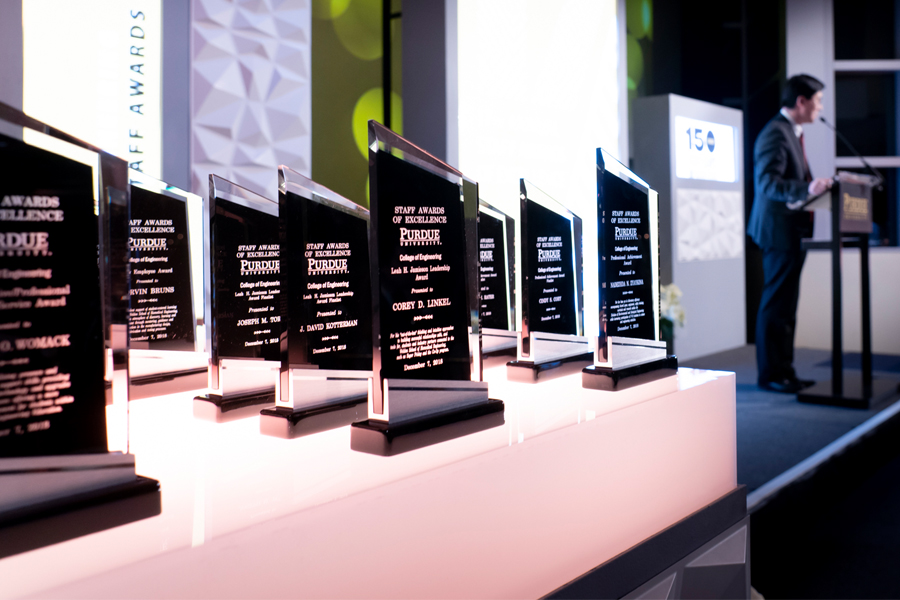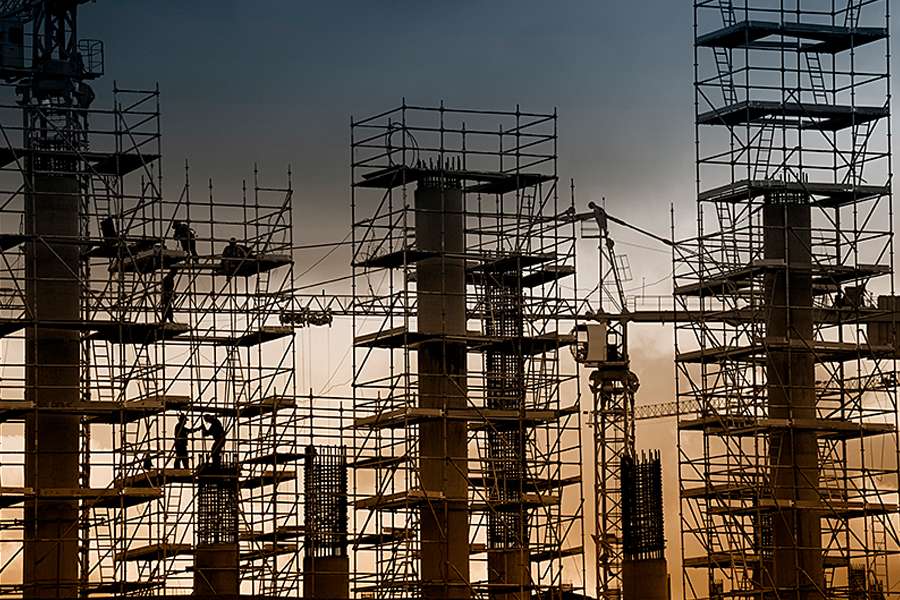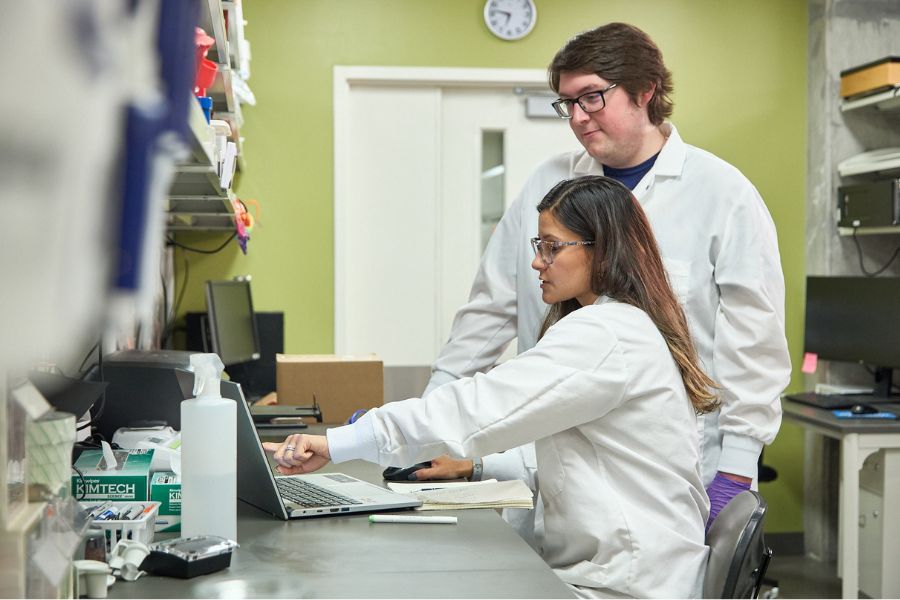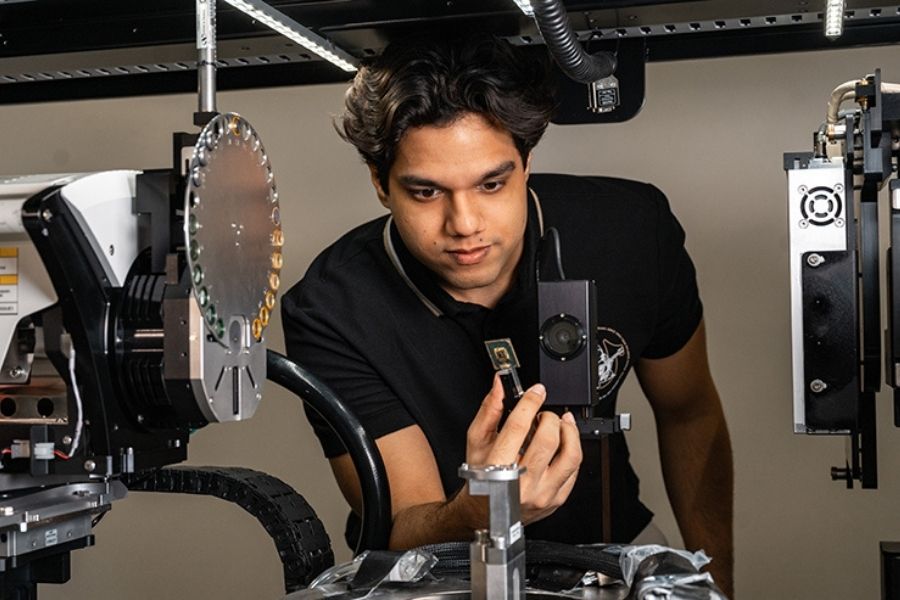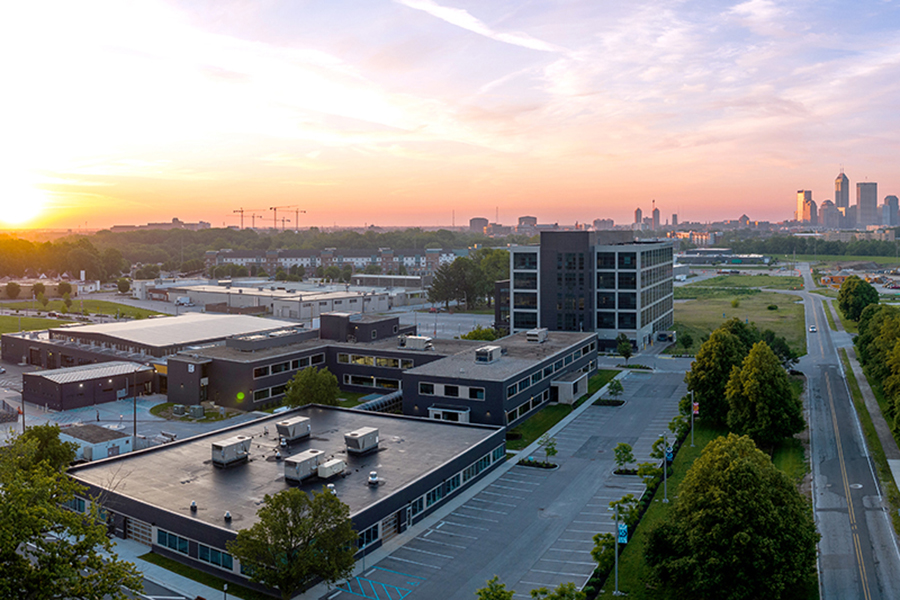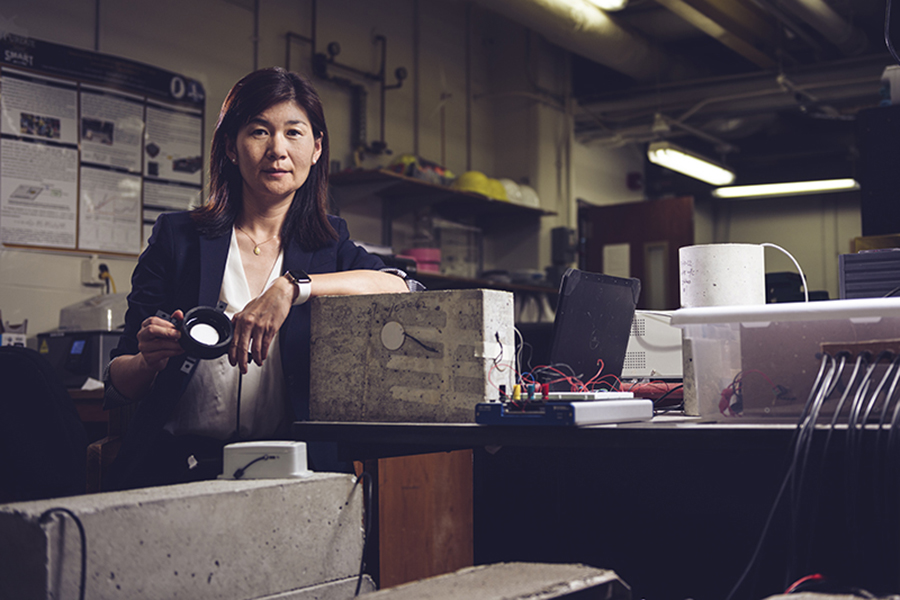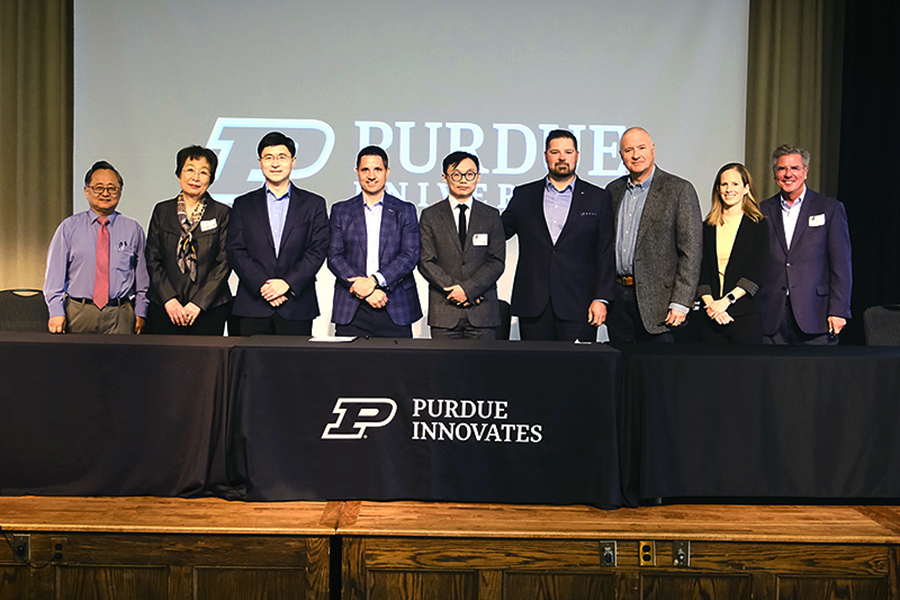Bringing 'space trash' safely back to Earth
Talk about space junk. Orbital debris from spacecraft, the defunct satellites and fragments of spent rockets left suspended in Earth’s atmosphere, are slowly making their way back to Earth. Objects usually return after a few years, but debris trapped in higher orbits can remain for more than a century.
Purdue University’s David Spencer, associate professor of aeronautics and astronautics, aims to develop a system that in the future would deorbit spacecraft launched by companies like SpaceX, OneWeb, and Boeing, as the spacecraft complete their missions. A space junk animation is available here.
Why is this important?

